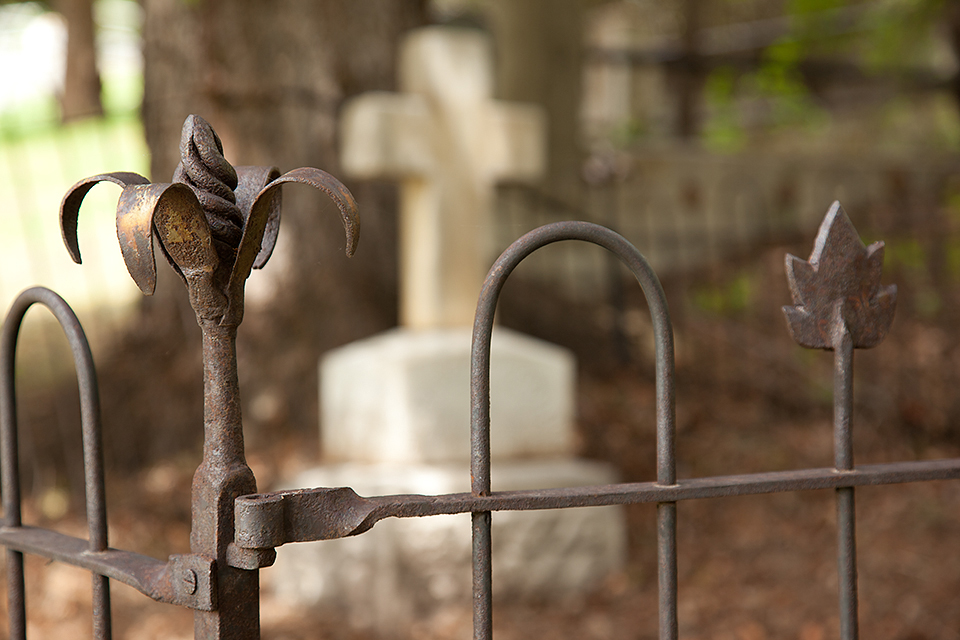
There are about a dozen heritage cemeteries located in Crowsnest Pass. Many of the early citizens and founding members of our communities are buried here. Some of their graves date to the early 1900s. Many of the descendants of these people have also passed away or no longer live here. As a result, some gravesites have been neglected over the years and have fallen into disrepair. Exposure to the elements, combined with the growth of trees, bushes, and other vegetation, has taken its toll, particularly on some of the older graves.
Last month, I was contacted by local historian and author, Ian McKenzie, to see whether I might be interested in helping him with some work he was conducting at the Blairmore Old Union Cemetery. One of the oldest graves in Crowsnest Pass is located in this cemetery and required repair. I was happy to lend a hand.
The grave is surrounded by an ornate wrought iron fence. There are quite a few of these fences in the cemeteries of Crowsnest Pass. Some are quite elaborate. Buried in this particular grave is Beatrice Margaret Malcolmson, the infant daughter of Dr. George Henry Malcolmson of Frank. Malcolmson was the first doctor in Crowsnest Pass, having arrived here in 1901. In the aftermath of the April 29, 1903 Frank Slide disaster, he treated many of the injured in his hospital. Three and a half months later, Dr. Malcolmson and his wife, Annie, experienced a personal tragedy, with the death of their sixteen-month-old daughter, Beatrice.
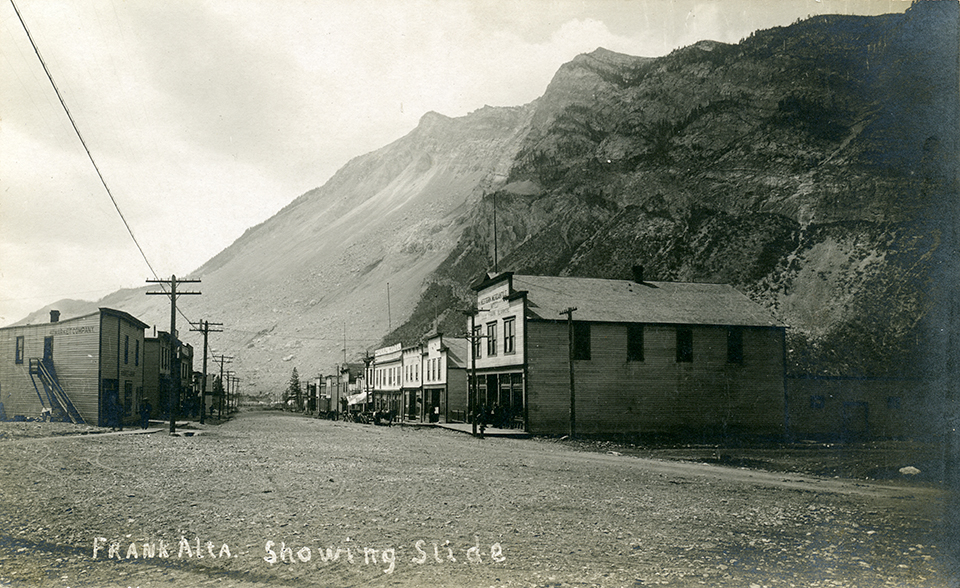
While making our way up the steep hillside to the gravesite, Ian explained how Dr. Malcolmson performed a tracheotomy on his daughter, who had contracted laryngeal diphtheria. Sadly, Beatrice did not survive and died on August 12, 1903. Miners usually dug the graves at the cemetery but because they were on strike, Dr. Malcolmson had to undertake the difficult task of digging his daughter’s grave himself.
Just outside the fence enclosure stands an immense Douglas-fir, measuring more than 18 metres (60 feet) in height. The trunk at its base is nearly 1.5 metres (4 feet) in diameter. The tree is likely hundreds of years old and would have already been of substantial size when Dr. and Mrs. Malcolmson selected this location to bury their daughter. It would have been a beautiful setting in the cemetery for a grave. It remains a beautiful place to visit, to this day.
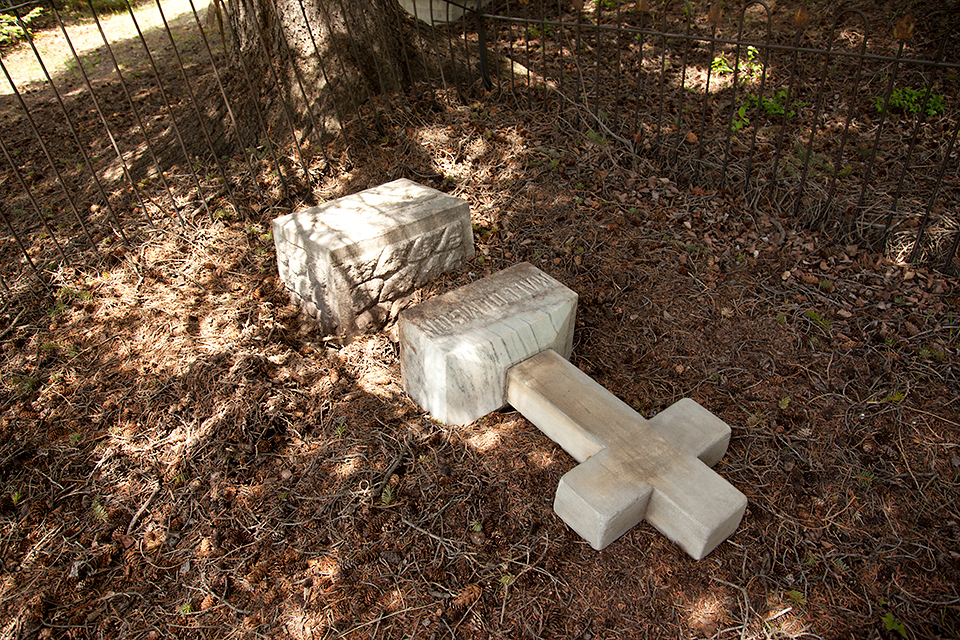
Laying on the ground inside the fence was a large marble cross. Ian went on to explain how a tree root had heaved a corner of the headstone upward, causing the heavy cross to separate from its base and topple to the ground. A thick bed of needles and cones from the adjacent Douglas-fir cushioned its fall. Fortunately, the cross was not damaged.
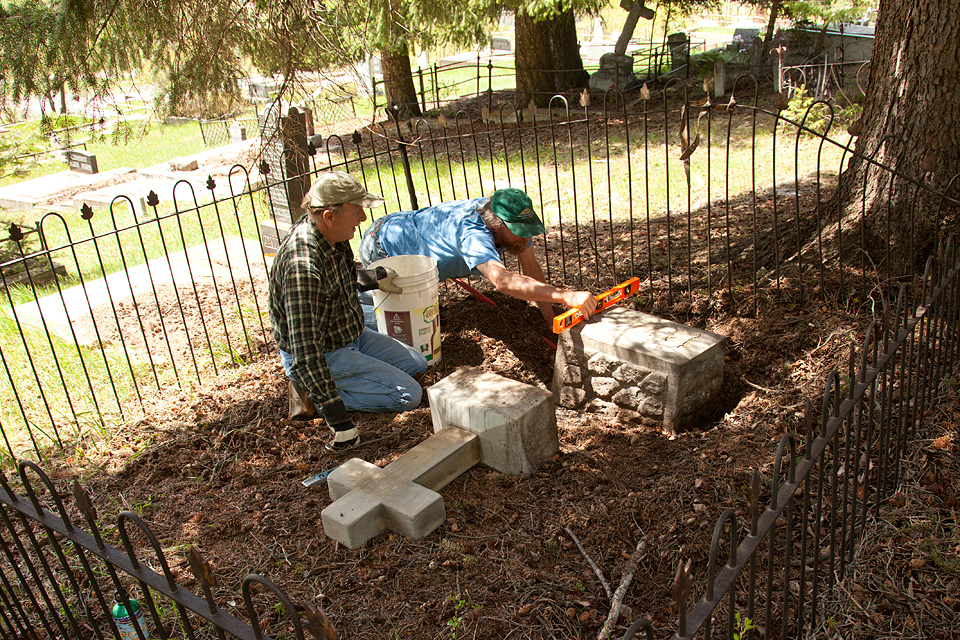
Upon leveling the base, we carefully lifted the cross into position. Then, while I tipped the cross from its base, Ian applied a special adhesive that bonded the two together. The repair work on Beatrice Malcolmson’s headstone had been completed.
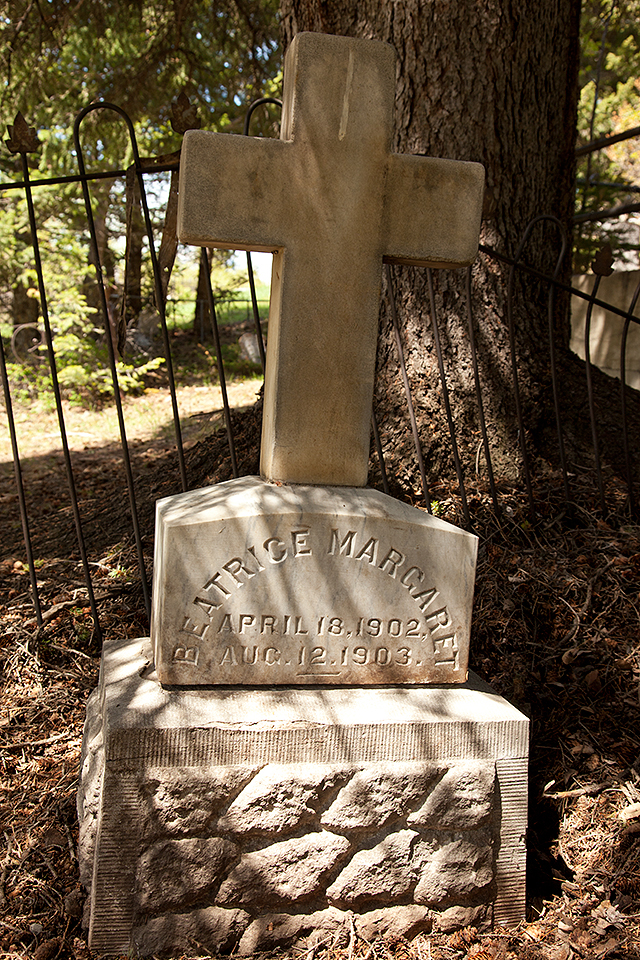
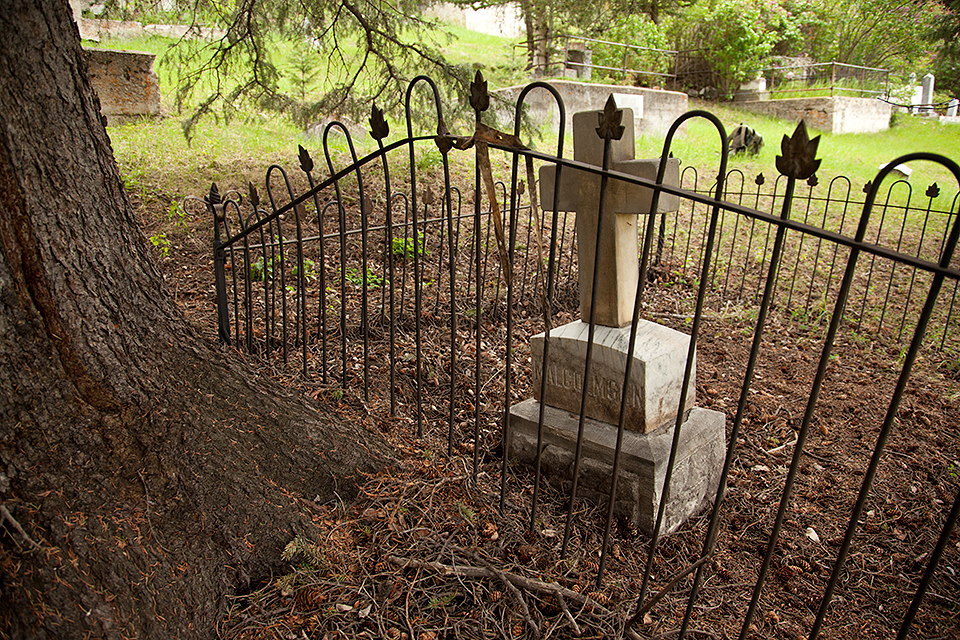
Charles Gardner Headstone
Next, we walked down to the grave of Charles Allen Gardner. In 1910, Charles was living in the town of Frank with his wife, Margaret, and their children. While prospecting in the Elk Valley on October 15th of that year, Charles was killed when he was buried under a fall of rock. He was 52 years of age.
The base of Gardner’s marker had sunk into the ground and became tilted to the point where the cylindrical headstone rolled off its supports. Ian had visited the gravesite previously and leveled the base. Our task today was to lift the 135 kg. (300 lb.) granite headstone back onto its base. These types of cylindrical headstones are called bolsters. During the early 1900s, these could be ordered through the Sears Roebuck catalogue. At the same time, you could also place an order for a wrought iron cemetery fence.
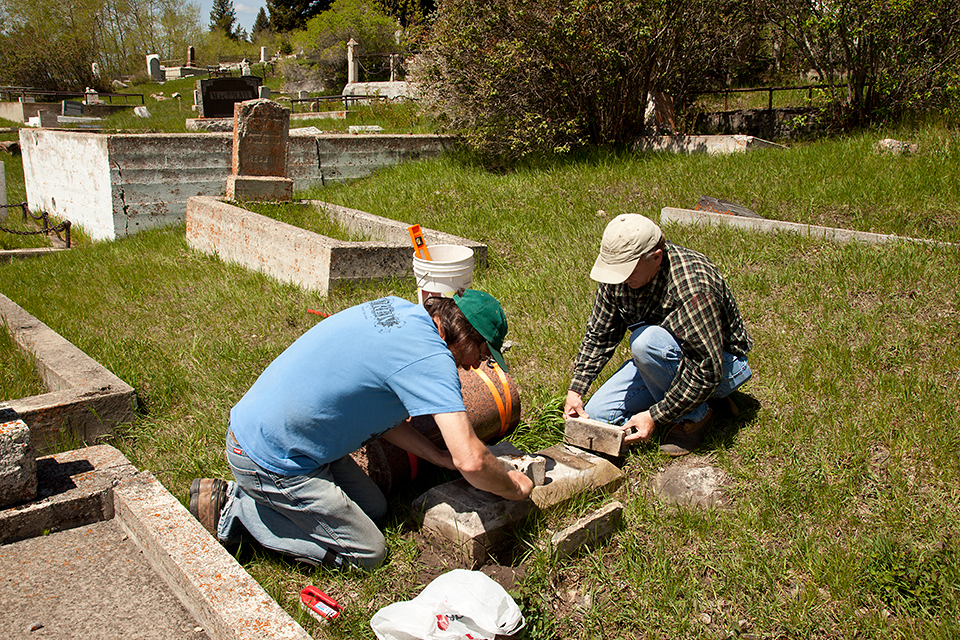
Once we secured nylon straps around the headstone, Ian and I carefully lifted it to its original position atop the base. The headstone should remain in place for years to come.
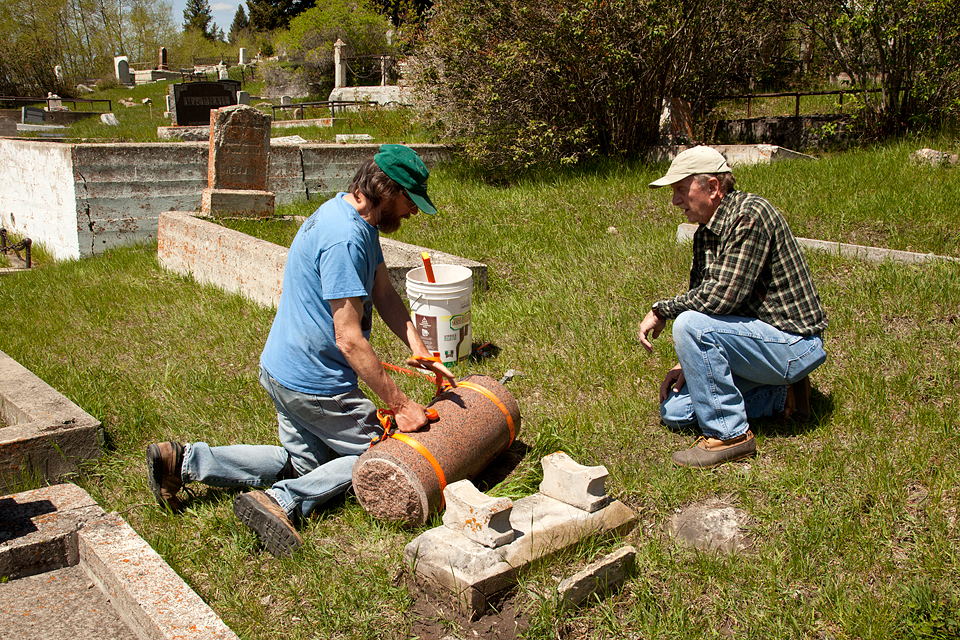
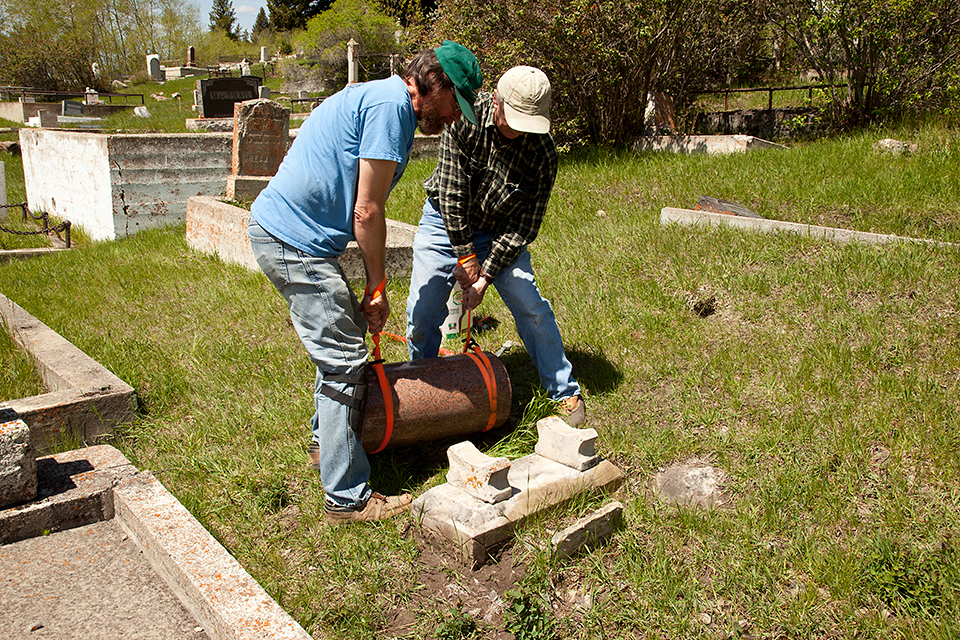
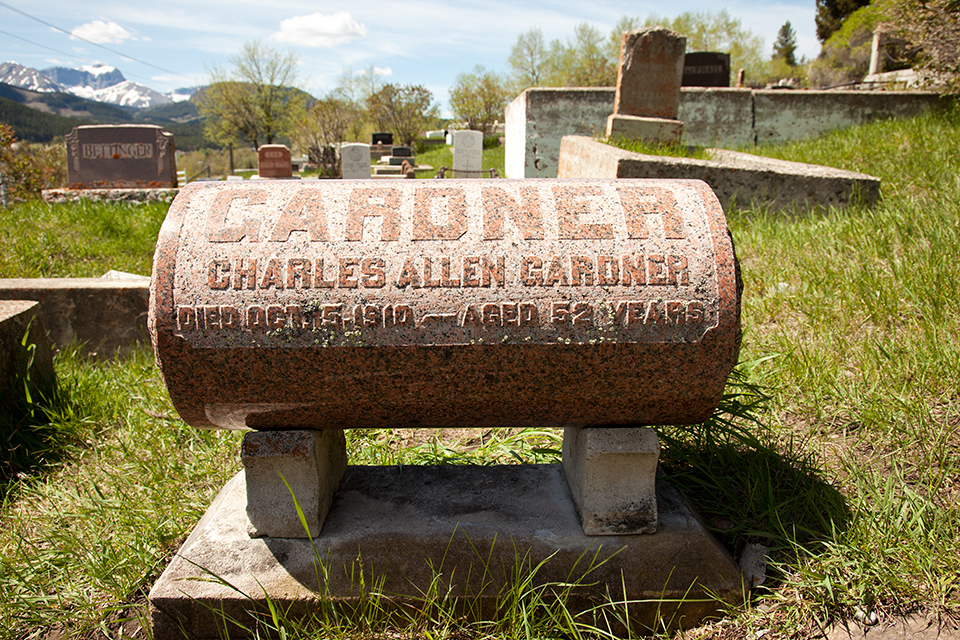
Before leaving the cemetery, Ian shared some interesting stories about several other people buried here. He also pointed out other gravesites in need of attention. One of these is situated in the adjoining St. Anne’s Catholic Cemetery and dates to 1905. The base is broken and unstable. The metre-high (3-foot) marble headstone teeters at the slightest touch.
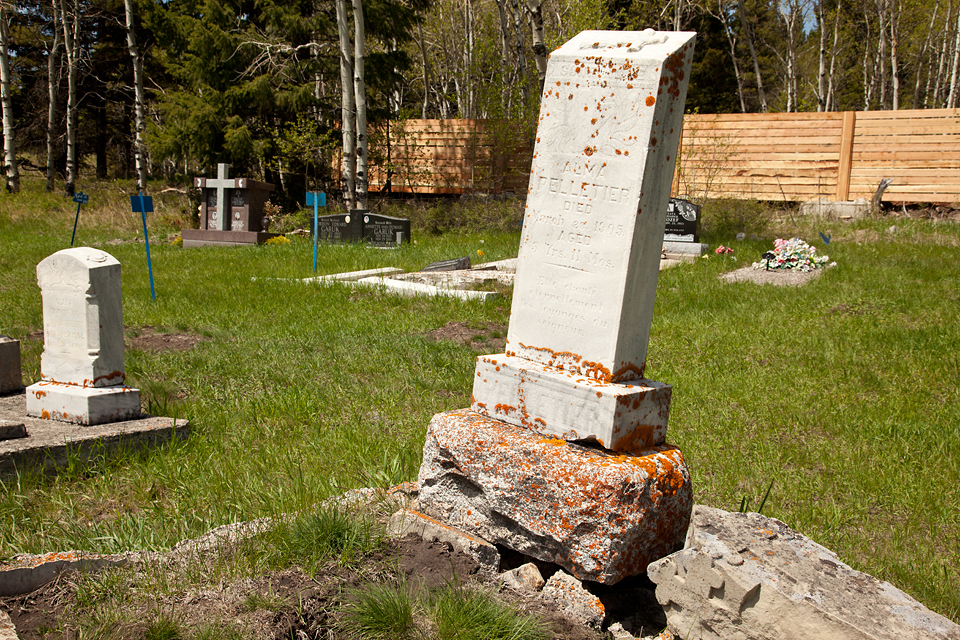
Heritage Cemeteries of Crowsnest Pass
Ian’s immense knowledge of Crowsnest Pass cemeteries is presented in his book, Guide to The Heritage Cemeteries of Crowsnest Pass. The book provides detailed information on each cemetery, including driving instructions, background history, and anecdotes on the lives and deaths of some of the people buried here. Cemetery maps identifying the locations of about 200 graves are included. Copies of the book are available at the Crowsnest Museum & Archives in Coleman, Frank Slide Interpretive Centre in Frank, and Crockets Trading Company in Bellevue.
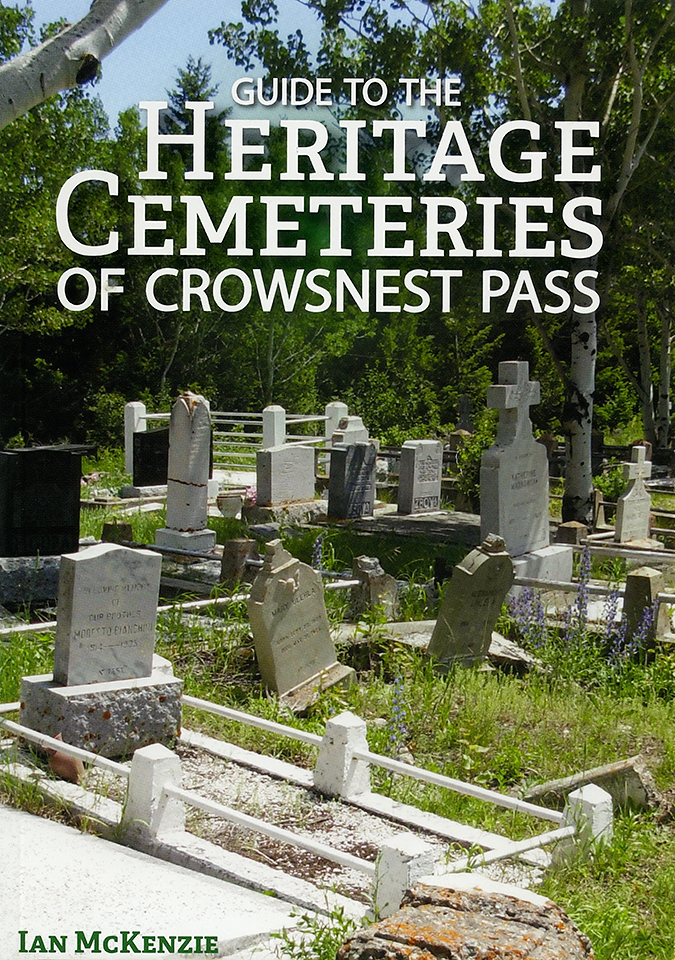
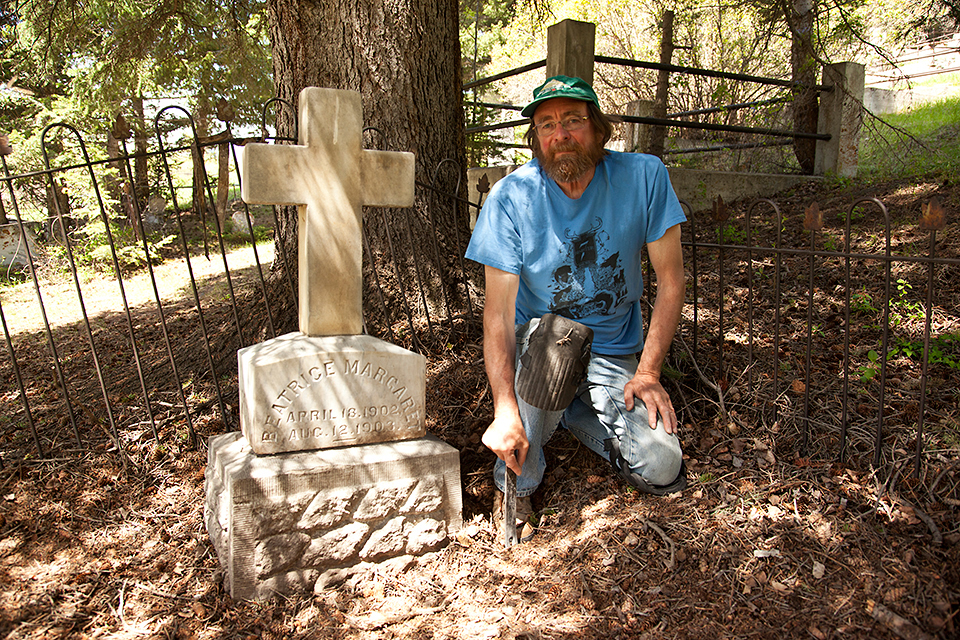
Crowsnest Pass Memorial Society
Information on work being conducted at various Crowsnest cemeteries can be found on the Crowsnest Pass Memorial Society website. This group is dedicated to the maintenance and preservation of the twelve cemeteries within the municipality of Crowsnest Pass. The website also provides information on how you can become involved with volunteer work bees and other projects. Click here to visit their website.
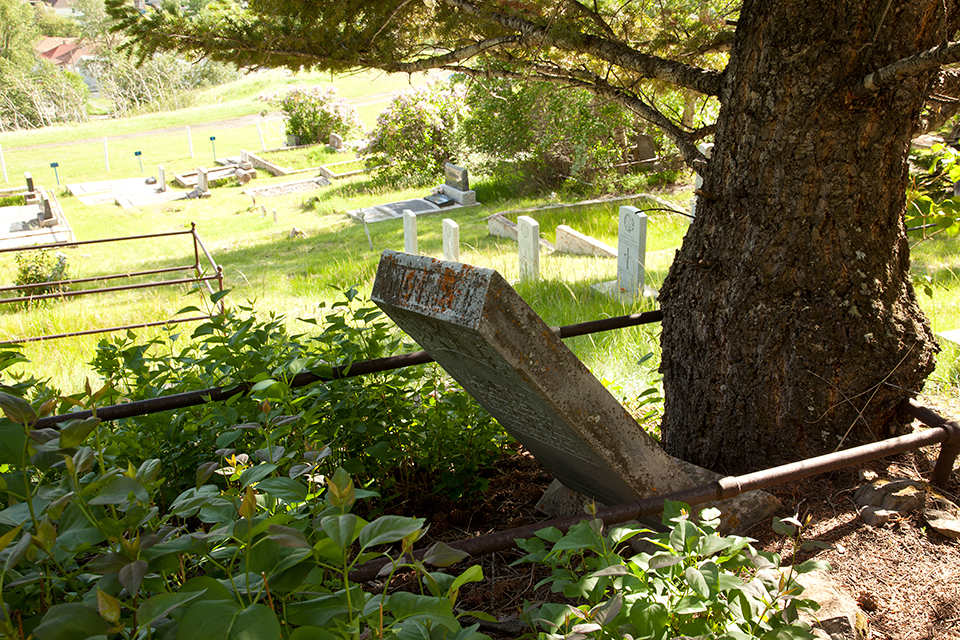
Final Thoughts
Sometimes we forget that cemeteries are not only for those who have gone before us. Cemeteries are also for the living. They are meant to be visited by people, whether it is to rekindle the memories of loved ones, to pay respect to ancestors we never knew, or to learn about those who contributed to the history of the places they once lived.
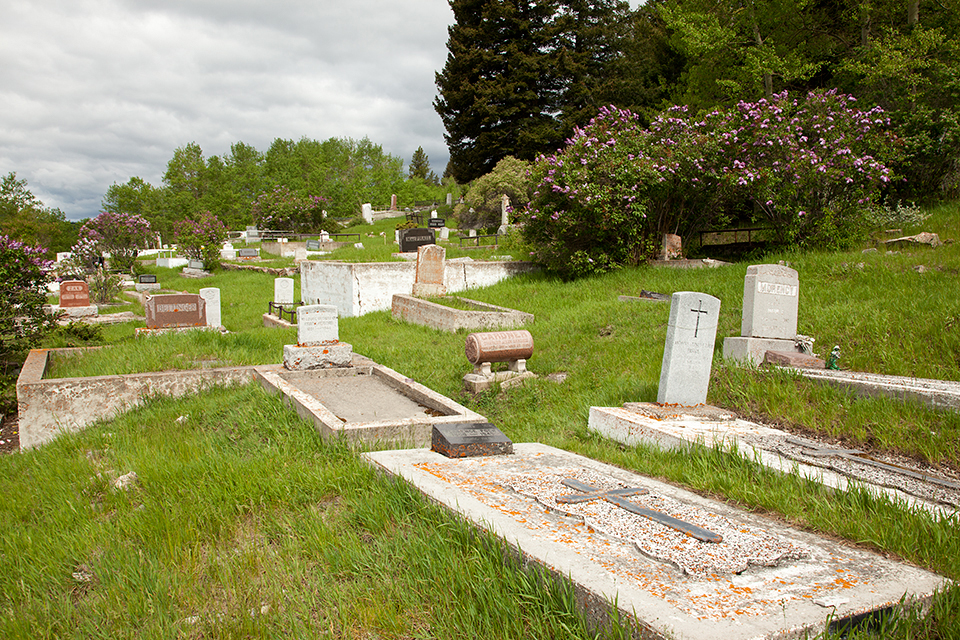
Article References & Credits
Postcard:
Early townsite of Frank, Alta. – VB Collection

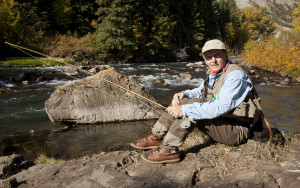
8 Comments
I think what your doing to restore these monuments is wonderful. Its our Alberta history Great job.
There is a product called D2 to clean the lichen and moss off and restores the stone back to almost new . Very worth checking into To keep our local history.
Hi Marlene,
Thanks, I enjoyed working on these headstones. I hope to help more in the future. I’ll have to look into that product. Thanks for the tip and for commenting!
Vic: Nice of you to offer to help Ian with repairs. Great post, history and photos. I’m “dying” to see what your next post will be on. Great blog on our historic region.
bob
Hi Bob,
Thanks! I really enjoyed helping Ian. Learned a lot, too. There are some interesting people buried in our cemeteries. It’s nice to see life is returning to normal.
I agree with the above comment. A great article! Appreciate the amazing work you both did!
Hi Rebecca,
I’m glad you enjoyed the post. Ian did most of the work. I helped with some of the lifting! Thanks for commenting!
Wonderful article Vic! And wonderful work that the 2 of you did!
Hi Allan,
It was very interesting spending time with Ian at the cemetery. I learned a bunch. Thanks for commenting!